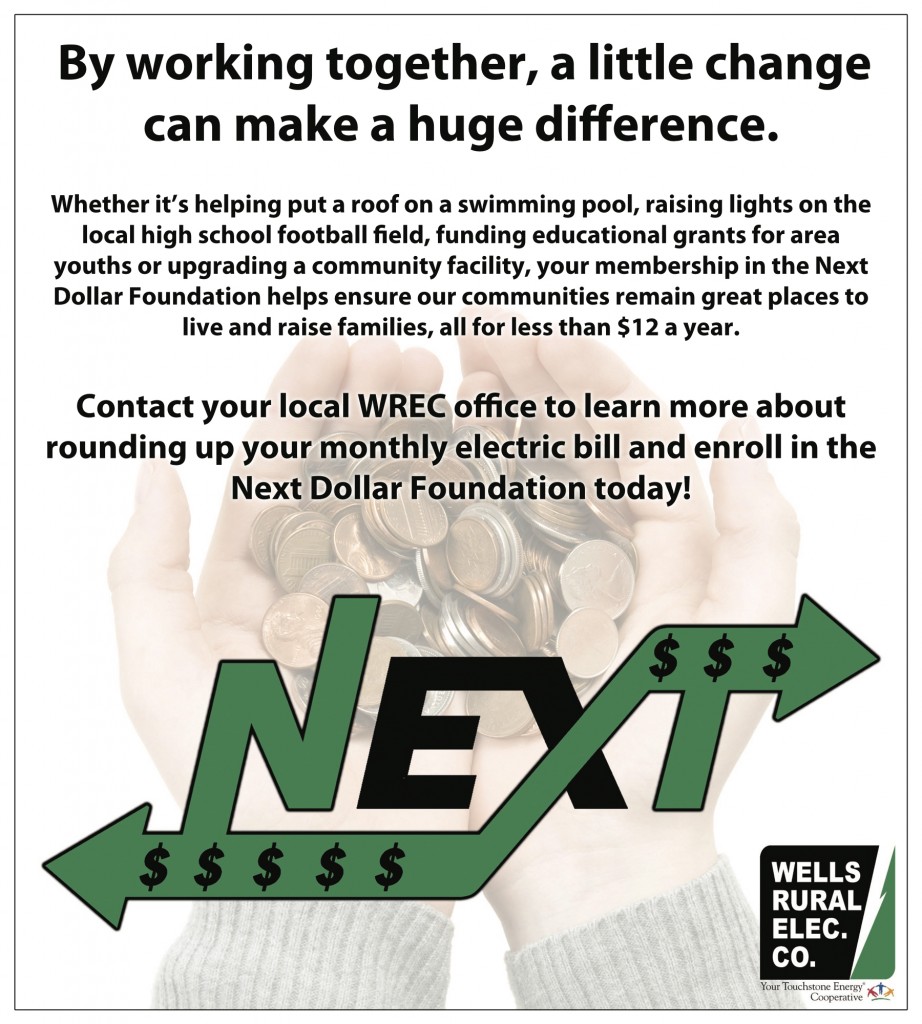The Federal Government Can’t Replicate Private Drug Development
Cancer mortality is at an all-time low. That’s the good news. The bad news is that cancer still kills one in five Americans. We want better cancer treatments — and cures — for our loved ones and ourselves.
Ideally, the innovation responsible for the past and future progress against cancer and other diseases would come cheap. In reality, however, it is expensive — and necessarily so. Unfortunately, politicians such as Democratic front-runner Hillary Clinton have pounced on that fact to call for government price controls on drugs produced by private pharmaceutical companies.
One myth invoked to justify such action is that the prices the industry charges represent profiteering behavior. Another is that, since the science that leads to medical innovation allegedly arises from publicly funded research performed in academic centers, the government should manage or even take over drug development. Jared Bernstein, former economic advisor to Vice President Joe Biden, has put the plan succinctly: “Take excessive profit out of the equation and ramp up what is already a robust public medical research infrastructure.”
These are dangerous ideas that misrepresent the nature of drug development — and will lead to fewer new drugs and worse patient outcomes.
The main source of public funding for medical research is the National Institutes of Health. But the NIH does not conduct the specialized R&D that creates new medicines. I know because enjoyed continuous NIH research funding for over 40 years, and no one is living one second longer or better for it. Moreover, no one is actively prohibiting NIH-sponsored researchers from developing drugs, but most don’t do so. That’s because academic culture values intellectually titillating discoveries, not the seemingly menial trial and error efforts that are necessary for practical advances.
This cultural divide between academe and industry is a prominent reason nearly 90 percent of recently approved medications received no public funding during development.
Moreover, drug development itself requires many specific sophisticated skills, which are almost nonexistent in universities. If the government were to subsidize such activities and take over clinical trial support, far less funding would be available for basic research which informs medical innovation.

Universities have been happy to take undeserved credit for medical progress in hopes of more government funding. Yet, much of this money goes to administrative overhead and senior researchers’ salaries that academic managers are unwilling to pay. The pharmaceutical industry, in contrast, actually pays its employees — a far more secure formula for promoting R&D.
Progress against cancer and other diseases is all the more remarkable given the steep challenges faced by drug makers. Only about five in 10,000 potential new medicines make it to the human testing phase and are submitted to the Food and Drug Administration for approval — and most fail to achieve it. And it’s 100-times costlier to get a drug approved by the FDA compared to a half-century ago.
The NIH itself has noted that “drug discovery and development is widely recognized as one of the most financially risky endeavors in all of science.”
Drug prices are, in part, a reflection of that risk. The “excess profits” cited by Bernstein are the only way to surmount these daunting barriers.
Calls for the government to take over drug development are misguided. Dismantling the drug-development chain with price caps would serve only ambitious politicians, not the millions of patients who can benefit from the new treatments driven by private R&D.
By Dr. Stossel
Dr. Stossel is American Cancer Society Professor of Medicine at Harvard and a visiting scholar at the American Enterprise Institute.

